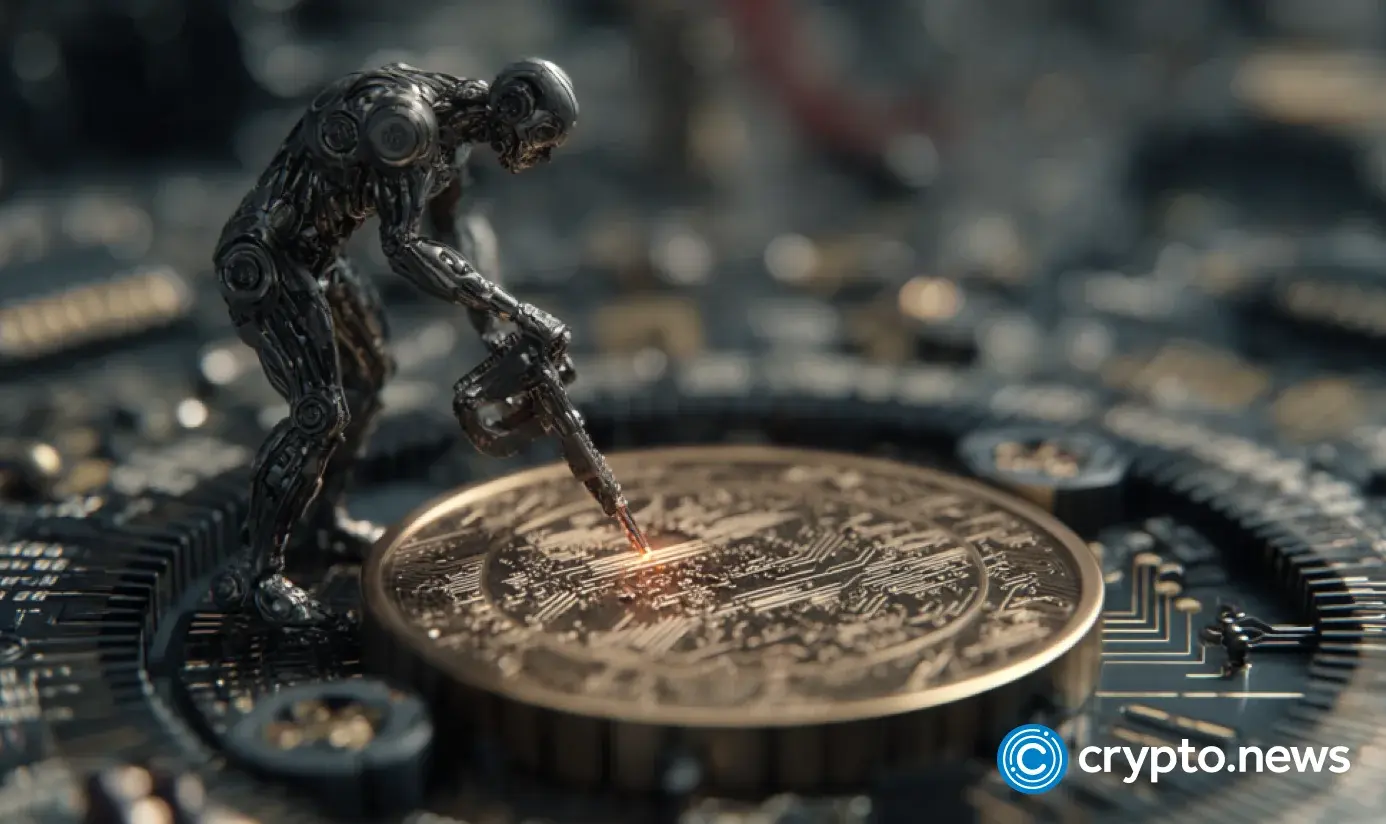The Dollar Is No Longer Issued, Its Minted By The Internet | Opinion

Disclosure: The views and opinions expressed here belong solely to the author and do not represent the views and opinions of crypto.news’ editorial.
The financial world is splitting between those who wait for permission and those who mint their own destiny.
The last crypto cycle was about memecoins, degenerate yields, and wild volatility. Where does crypto go from here? It has to be about stability, liquidity, and real-world utility. As the world enters a phase of economic instability and AI automation, on-chain dollars are going to become the backbone of commerce, coordination, and capital flows.
In times of global economic uncertainty, the U.S. dollar remains the world’s reserve asset. But now, people want access to dollars without banks. Stablecoins like USD Coin (USDC) and Tether (USDT) have become the de facto savings and spending tools in emerging markets and crisis zones. We’ve entered a new era of money, where the dollar isn’t just printed by the Fed but minted on-chain, powered by borderless and frictionless infrastructure.
Stablecoins like USDC, USDT, PayPal USD (PYUSD), and now yield-bearing alternatives like Ethena USDe (USDE) are processing billions daily, not as speculative assets but as functional currency. In places like Nigeria, they’re already replacing failing local money. Nigerian web3 startups have raised over $130m to date as stablecoin use is on the rise.
Argentinians are ditching pesos for USDT and USDC at record rates as they’re facing inflation at 200%. When fiat currencies become unstable, as is the case with hyperinflation, for example, people look for alternatives. Bitcoin was an alternative. However, digital dollars or stablecoins are now the primary choice.
The signs are all there that the dollar is migrating on-chain, and the institutions that don’t adapt will be left behind.
Expanded support for PYUSD by a $70 billion fintech giant PayPal was a big validation that stablecoins are here to stay, with millions of users now able to move dollars on-chain without even realizing it. On regulatory advancement, the U.S. Congress is proceeding with the Clarity for Payment Stablecoins Act. The UK and EU are also finalizing their own frameworks.
Base, Solana and Celo are all aggressively deploying USDC across new chains because they understand that stablecoins are the bridges between TradFi and DeFi. The more chains they’re on, the more unstoppable they become. Ignore these trends, and you’re ignoring the financial infrastructure of the next decade.
The next wave of adoption won’t just come from humans and platforms. AI agents will need programmable money that doesn’t fluctuate wildly. Human traders might chase speculative swings, but AI operates on cold, hard logic. It prioritizes efficiency, minimizes risk, and demands certainty in its inputs, especially when those inputs are money.
Traditional fiat money has several limitations that make it prohibitive as a currency of settlement, including physical logistics, lack of interoperability, and centralization. Stablecoins solve this problem because of their on-chain existence. Blockchains are immutable, composable, and decentralized.
Take USDC as an example. Once Circle mints USDC on the blockchain, its existence or value cannot be tampered with. It is also not held by institutions bound by borders; it is easily moved across wallets globally. These inherent traits of stablecoins make them ideal for a future where numerous agents conduct high-speed transactions with each other.
This is why stablecoins will become the backbone of AI-driven finance. An autonomous supply-chain agent won’t hedge against Bitcoin’s (BTC) 5% daily swings, it needs a currency as stable as its code. A decentralized trading bot can’t afford slippage from erratic fiat settlement times, but requires real-time, on-chain verifiability.
For businesses, it’s time to start considering the adoption of stablecoins for payments. As the popularity of blockchains and Bitcoin increases, so does the adoption of stablecoins. Institutions and consumers are increasingly becoming aware of stablecoins as a more efficient and convenient alternative to fiat, faster than ever.
The dollar is going on-chain because it has to. Hyperinflation, capital controls, and inefficient payment rails are breaking the old system. Stablecoins are the patch, and eventually, the upgrade.
Crypto Firms Push Into US Banking
America’s cryptocurrency companies are scrambling to secure a foothold in the country’s traditional banking system, ... Read more
Ether Surges 16% Amid Speculation Of US ETF Approval
New York, USA – Ether, the second-largest cryptocurrency by market capitalization, experienced a significant surge of ... Read more
BlackRock And The Institutional Embrace Of Bitcoin
BlackRock’s strategic shift towards becoming the world’s largest Bitcoin fund marks a pivotal moment in the financia... Read more
Robinhood Faces Regulatory Scrutiny: SEC Threatens Lawsuit Over Crypto Business
Robinhood, the prominent retail brokerage platform, finds itself in the regulatory spotlight as the Securities and Excha... Read more
Aave Price Confirms Bullish Reversal Setup As TVL Recovers, Is A Breakout Brewing?
Aave price has confirmed a breakout from a bullish reversal pattern that could potentially set it up to recover from its... Read more
North Korean Fake Zoom Hustle Drains $300m From Crypto Execs Wallets
North Korean hackers hijack Telegram, stage fake Zoom calls and deploy RAT malware to drain crypto wallets in a $300m lo... Read more


